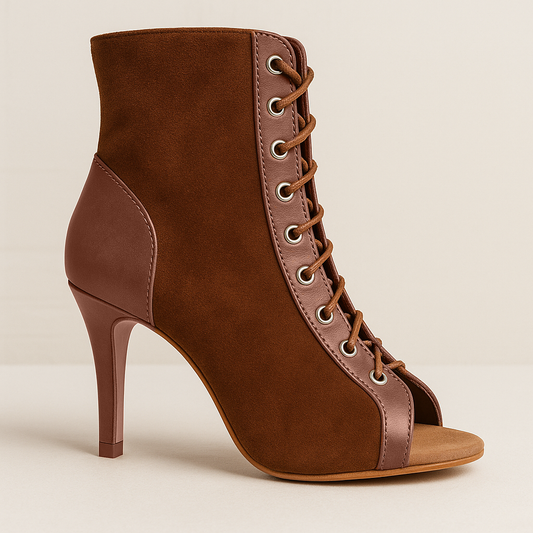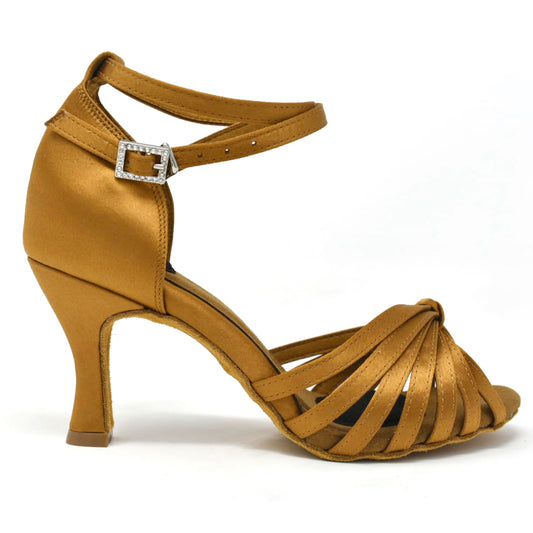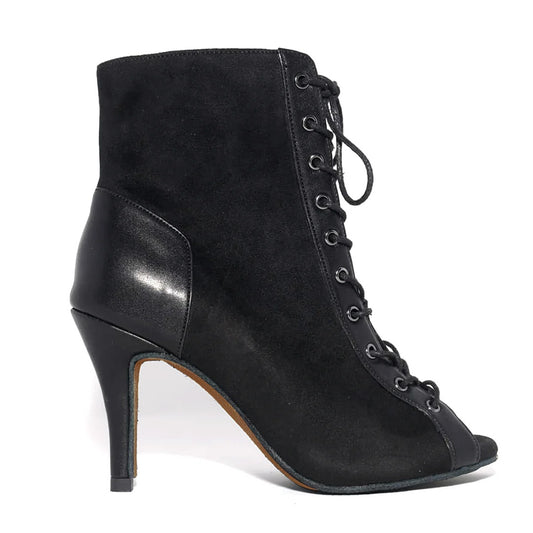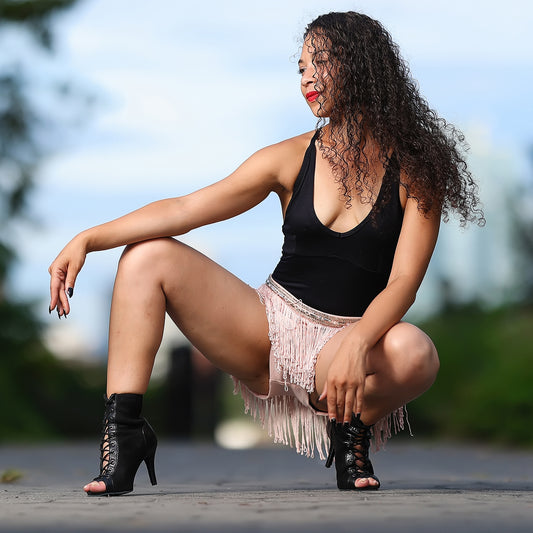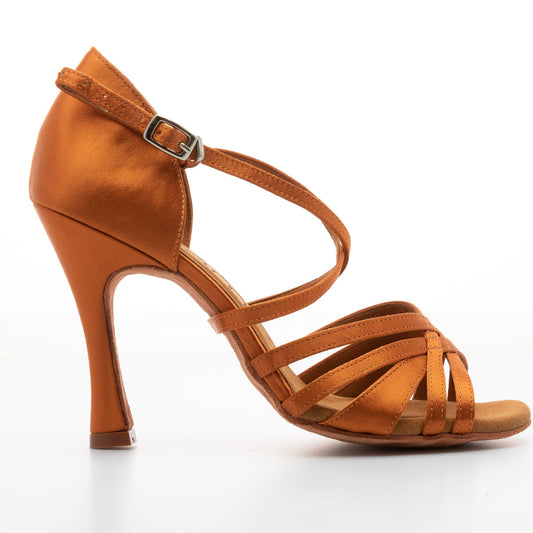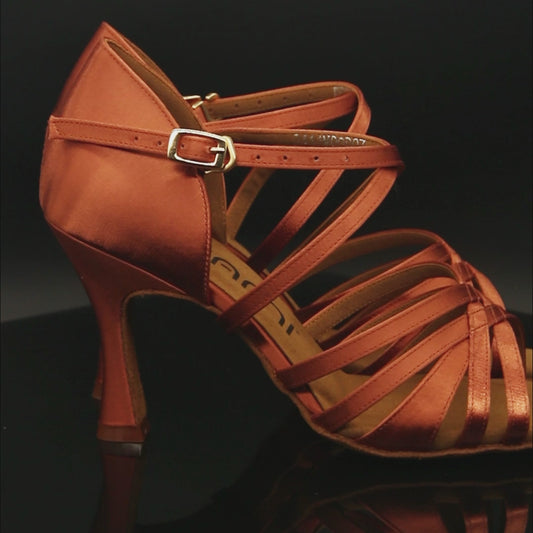
Photo Credit: Parkway East
Dancing and injuries go together all the time. And no matter how good you are at dancing, the chances of being injured are pretty high when you're dancing. Of course, there are ways to avoid an injury too! And this is what this guide is all about. No matter your skill level or preferred dance style, here are ways to minimize your risk of injury while dancing.
Dancing is a physically demanding activity. The repetitive movements executed for several hours increase the stress to the muscles, bones, and tendons. That’s why dancers, even casual dancers who love going to social dances every now and then, are prone to the following injuries:
- Knee Injury
- Hip Injury
- Ankle Injury
- Foot Injury
- Fractures
Intense training, which is vital in competitive dancing, also leads to a short recovery period between training. There’s no off-season for intensive training, and coupled with unhealthy body weight and restrictive diet, well, you have a recipe for disaster!
Common Dance-Related Injuries and How to Avoid Them
Ankle sprain

Photo Credit: Vive Health
An ankle sprain is the most common of all dance-related injuries among competitive dancers, performers, and social dancers alike. The ankle is comprised of tendons and ligaments that assist in walking, running, and dancing. A misstep - such as a poorly executed jump - may twist the ligaments within the foot, causing pain. If the ligaments tear, healing and recovery will take a while. Also, once you’ve sprained your ankle, you’re likely to sprain it again.
To avoid this injury, you have to be more purposeful regarding how you land on your feet while dancing. Poor-fitting shoes are also factors that affect your risk of a sprained ankle, so don’t forget to wear comfy Latin dance shoes like Yami dance shoes.
Exercises that build muscle strength, especially in the lower body, are also essential to strengthen the ankles. A sprained ankle should be treated right away. Otherwise, it will lead to chronic disorders like arthritis.
Achilles tendonitis

Photo Credit: Arcadia Foot & Ankle
This injury is caused by an inflamed tendon in the back of the ankle. The tendon connects the prime mover for pointing the foot. Since Latin dance has a lot of toe pointing, this injury is quite common among Salseros and Salseras. Achilles tendonitis occurs when the tendon is overused with repeated movements. People who dance for hours, those using the wrong technique, or dancers engaged in intensive training are at a higher risk of sustaining Achilles tendonitis.
This injury often gets worse when jumping or when pointing the toes. To prevent Achilles tendonitis, do warm-up exercises to condition the muscles and tendons. Be more mindful of how you land on your feet with every jump, and always wear comfy dance shoes like Latin dance shoes. You need shoes that'll absorb peak impact in strategic places of the feet. Our shoes have dense cushions that minimize stress caused by dancing.
Trigger Toe

Photo Credit: CHARM
Pointing the big toe repeatedly leads to a condition called flexor hallucis longus tendonitis or simply, "trigger toe."
A trigger toe occurs when the muscles within the big toe become inflamed and painful. The pain starts from the big toe then gradually spreads along the inside of the ankles and under the foot. It literally feels like the big to is somehow stuck.
The best way to avoid trigger toe is to execute the perfect form every time you're pointing your toes. Do not be too aggressive with the toe pointing. After a long day of social dancing, get a rubber ball and roll the arches with it.
Pinched Muscle

Photo Credit: SPD
Also known as muscle impingement, this condition affects different parts of the body, especially the ankles and the hips.
Ankle impingement: pinching of the tibia and talus soft tissues.
Hip impingement: A common condition for dancers because of the hips’ turning in and out motions. It's also triggered by arthritis, labral tear, stress fracture, muscle strain, snapping hip syndrome, sacroiliac joint dysfunction, to piriformis syndrome.
Jumper's Knee

Photo Credit: Foot Health Clinic
A common condition among competitive dancers and performers. It's a result of the kneecap tracking improperly because of muscle imbalance. Repetitive movements, performing high jumps or plies improperly will increase the risk of this injury.
Snapping Hip

Photo Credit: Fact Dr.
This injury feels exactly how it sounds -- like your hips snapping and becoming painful when you turn in and out too much or if you've been moving the hips non-stop. The condition causes pain, tightness, and weakness in the muscles outside of the hips.
Common Causes of Dancer Injuries
Repetitive Movements: Repetitive movements could cause stress to specific muscle groups. This may lead to localized pain, swelling, and decreased range of motion.
Accidents: Landing the wrong way, performing specific dance movements improperly, etc., could lead to injuries and painful trauma.
Old injuries: Your old injuries could come back and haunt you. Old injuries could cause muscle spasms, limited range of motion, and muscle atrophy, all of which increase the risk of another injury.
Excess Weight: We love dancers of all shapes and forms but being overweight increases your risk of injuries on the dance floor. That's because the extra weight + dancing puts a lot of pressure on the joints, especially the knees and ankles. If you want to trim down, we’ve got lots of fitness tips for you to try at home!
6 Tips for Dance Injury Prevention
Warm-Up Exercises: Dancing is no different from working out. Stretches and light, warm-up exercises condition the muscles, ligaments, and joints, which increases the risk of an injury.
Balanced Diet: Nourishing the body with fresh, healthy foods strengthens the bones and muscles.
Stay Hydrated: Drink at least eight glasses of water on a regular day and more if you’re dancing. Drinking enough water helps lubricate the joints and muscles, soothing soreness and pain caused by dancing.
Stay fit: Working out is essential to strengthening specific parts of the body. It could tone and condition the arms, shoulders, glutes, legs, and feet. Focus on weight-bearing lower body workouts so you’re always light on your feet when dancing!
Wear the Right Shoes: The proper footwear is crucial to your safety and comfort while dancing. You need shoes that fit perfectly provides the proper support, and boost your balance -- like Yami dance shoes. Our shoes are lined with cushioned footbeds to absorb peak impact, improve balance, and reduce your risk of injury.

